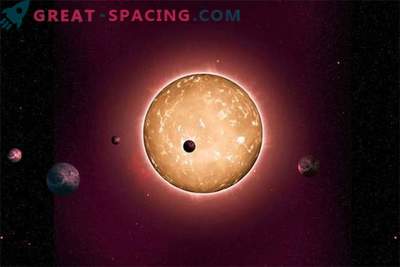
The search for extraterrestrial life is not limited only by the limits of our solar system. Astrophysicists are now looking for exosatellites revolving around distant planets that could play the role of the “moon” in extraterrestrial life. The new project called “Hunting for exosatellites with the help of Kepler” (HEK) is the first systematic search for exosatellites orbiting around planets outside the solar system.
The NEC astronomers, led by David Kipping from the Harvard-Smithsonian Center for Astrophysics, will model billions of possible combinations for the Sun-Moon-Earth similarity using NASA supercomputers. If such an exosatellite is detected, scientists will compare the results obtained by the Kepler telescope (NASA) with actual data.
The Kepler telescope (NASA) monitors the brightness of the stars in an attempt to find exoplanets that may contain signs of life. If one of the simulated combinations coincides with the data of “Kepler”, then the situation will require further study. At the moment, a team of scientists checked 56 of about 400 planets that may turn out to be exosatellites. The NASA supercomputer performs more than three quadrillion operations per second, and the project should be completed within two years. NEK astronomers compare the exosatellite they are looking for with the planet Pandora from the famous Avatar movie. But unlike the science fiction film, which depicts a complex and developed society, scientists believe that signs of life on an exosatellite can be in any form of primitive biology. Also, the existence of life on one “moon” can mean the existence of life on many others. If such “moons” exist, then it is quite possible that they are even more suitable for life than the inhabited planets.
























